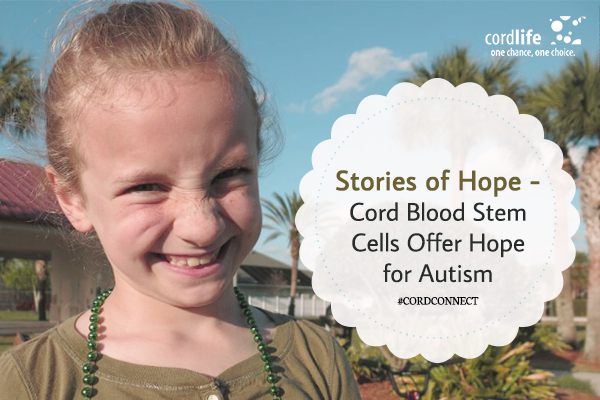Table of Contents
What is autism? What makes autistic people different from others? What causes autism? There are hundreds of questions in people’s mind when it comes to this condition. What is it actually?
Autism is a mental condition that remains present from the early childhood days and lasts for a lifetime. It’s characterized by minor to major difficulties in social interaction and framing language abstract concepts. And the critical part is, it’s incurable. However, a new study shows that stem cell therapy may show great improvement in children with autism.
It’s the story of Gracie Gregory, one of the 25 autistic children who participated in the study at Duke University in Durham, North Carolina involving stem cells to tone down the issues associated with autism. The idea behind the research was to find out if a transfusion of the self-umbilical cord blood with the rare stem cells can cure autism or at least reduce the severity.
Gracie was diagnosed with autism at the age of 2. When Gracie’s mother first came to know about the research, she immediately enrolled her without knowing what to expect and what not to expect. Such was the difficulty; they were facing with their autistic child. There was a time when Gracie’s sister, Ryleigh was afraid of her because of her unmanageable behavior like hitting and kicking. But now that very Ryleigh thinks Gracie is “very sweet and kind.” And it only became possible after the stem cell therapy.
Gracie was on the mild to moderate scale of autism. During the trial, Gracie, then 5, started with the same symptoms like kicking, spitting, screaming and even hitting her therapists. It was almost impossible to make her sit at one place.
The results were beyond what Gracie’s parents were expecting! Her parents recollects how difficult their life was back then when managing her would take 75% of their daily life and now after the therapy she only consumes 10% of their daily time. When asked about rating her improvement on a scale of 1 to 10, her parents proudly rated 8/9.
She now attends regular school, plays with her sister, and enjoys life to the fullest, something that her parent would never have thought of.
According to her father, “We will say we don’t think it’s cured her. You still see some of the small idiosyncrasies that she does have. But again, I think it’s supercharged her learning curve. It’s pushed her to do things she normally wouldn’t do.” Her mother added, “She got better, and we’re just thankful for that — whether it be the stem cells or not. We’re just thankful for what changes have happened”.
Two thirds of the children, involved in the study showed great improvement. This is the results of the first phase of the study and a broader second level trail is on its way, which promises a long-term treatment for autistic children.
Skeptics are still saying that no matter what autism cannot be cured and there are quite a few unanswered questions that need to be addressed before going gaga over it. Even researchers at Duke acknowledge that the study is at a very early stage and still there is a long way to go. But for families like Gregorys, it’s a life-changing experience.
